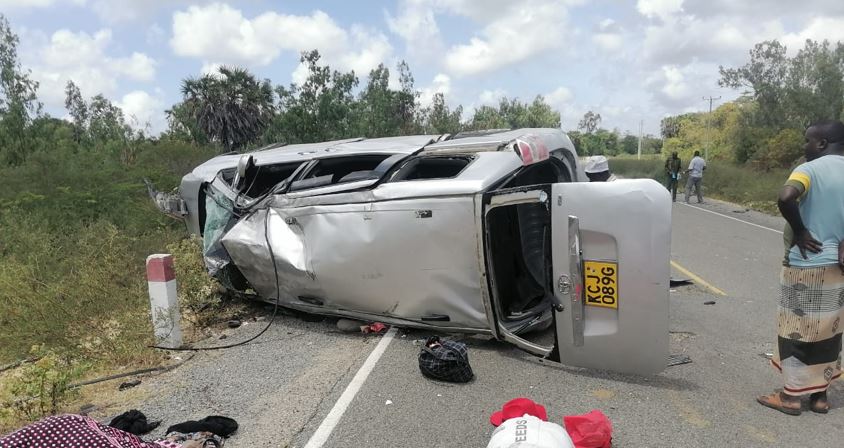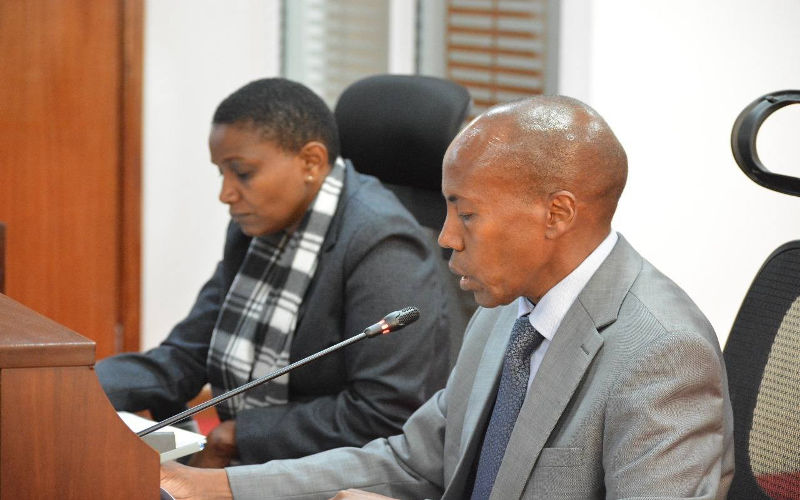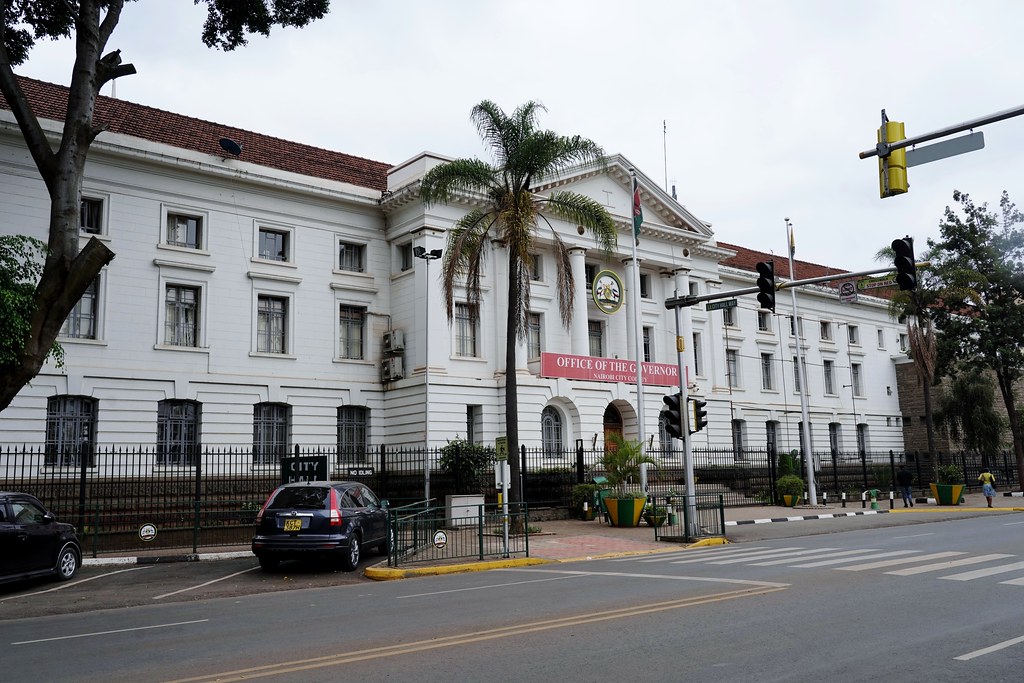Pedestrians top road fatalities as death toll reaches 1,139 in first quarter – NTSA report

Although the number shows a slight drop from the 434 deaths recorded during the same period in 2024, pedestrians still represent the largest share of fatalities.
Pedestrians have emerged as the most vulnerable group on Kenyan roads, with the highest number of deaths in traffic accidents recorded since the beginning of the year, a new report from the National Transport and Safety Authority (NTSA) shows.
Between January 1 and March 31, 2025, a total of 1,139 people lost their lives in road crashes, according to NTSA data.
More To Read
- NTSA rolls out new system for compulsory vehicle records update
- NTSA dismisses claims of losing control over TIMS amidst audit concerns
- NTSA staff lack full control of Sh186 million system nearly two years after launch - audit
- NTSA yet to print 572,000 smart licences despite full delivery by supplier
- 37 killed in grisly Tanzania road crash
- KEBS eases import rules for older left-hand, special-purpose vehicles
Out of these, 420 were pedestrians, highlighting the growing concern over pedestrian safety.
Although the number shows a slight drop from the 434 deaths recorded during the same period in 2024, pedestrians still represent the largest share of fatalities.
The data further reveals that fatalities among motorcyclists have gone up.
This year, 301 motorcyclists died in crashes compared to 274 during the same three-month period last year. Pillion passenger deaths also increased, with 130 recorded so far compared to 100 in 2024.
In contrast, other categories recorded fewer fatalities.
The number of passengers who died dropped to 189 from 243 in 2024, while deaths among drivers fell from 94 in 2024 to 83 in the first quarter of 2025.
Pedal cyclist fatalities also declined, with 16 deaths reported this year compared to 21 in the same period last year.
In response to the troubling statistics, the government has announced fresh measures to restore order and reduce fatalities on Kenyan roads.
The Ministry of Roads and Transport plans to bring back breathalysers, which were previously banned, in a bid to tackle drunk driving.
Transport Cabinet Secretary Davis Chirchir confirmed the move, saying that drink driving continues to be a major contributor to deadly accidents.
“We are currently facing a serious problem of indiscipline on our roads, and to ensure discipline and sanity, we seek to reintroduce breathalysers so that we can curb cases of accidents that are caused by human error,” he said.
To support the new initiative, Chirchir stated that at least 1,000 breathalysers will be deployed across the country to help identify and prosecute motorists driving under the influence.
Breathalysers were ruled illegal last year by the Court of Appeal, but the government now plans to regularise their use through updated regulations.
Chirchir also announced that the ministry, in partnership with the NTSA, will soon introduce new laws focused on vehicle inspection, traffic behaviour, and regulations for commercial service vehicles to help manage widespread road indiscipline.
The Cabinet Secretary further urged Kenyans to take personal responsibility for their safety, including refusing to board overcrowded vehicles. He cited a recent incident in Sotik where a vehicle involved in a crash was carrying more than 20 people.
“Let us also ensure we are disciplined as Kenyans because safety is with you. The habit where we board vehicles that are already crowded—in this, we will ensure that casualties during accidents are minimised,” he said.
As authorities move to tighten enforcement and update traffic laws, the latest figures underline the urgent need for all road users to prioritise safety and discipline to prevent further loss of life.
Top Stories Today










































